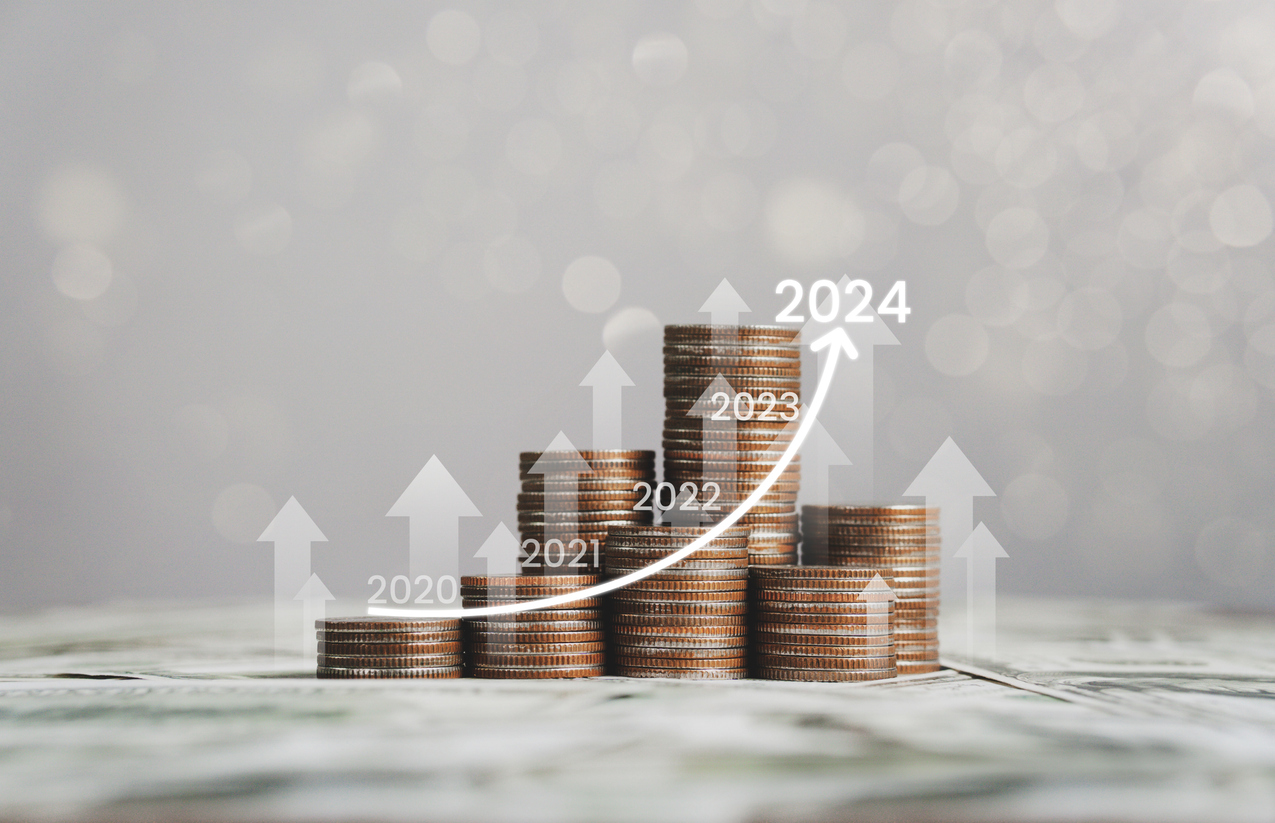Quarterly institutional loan issuance reached its second highest level on record in the first quarter of this year at $323bn (£257.5bn).
The highest ever recorded level of quarterly institutional loan issuance was back in the first quarter of 2017, when lending of $327bn was recorded.
According to Debtwire’s US Leveraged Highlights report, the overall rise was led by issuers rated single B and below. This category made up 60 per cent of the entire volume.
Read more: Barings sees increased investor demand for private placements
Lower rated issuers have gained confidence as the threat of a US recession has subsided and positive sentiment in the market has generally risen. Rate cuts are also anticipated at some point this year.
Debtwire reports that as higher-risk borrowers return to the market, leverage has also returned to historical averages, at 4.7x total and 4.3x net, after a brief dip in the first half of 2023 to 4.5x and 3.9x.
Loan pricing has also reflected increasing positive sentiment, with 56 reverse flexes during general syndication in the first quarter. The first and second quarters of 2021 were the last time this level was beaten. The average tightening is just 27bps.
Institutional margins have continued to decline over the quarter, to 400bps for a single B loan and 280bps for a double B term loan B, while yields declined to an average of around 9 per cent.
Read more: Banks fight back against private credit boom as borrowers seek out savings
Despite the dominance of refinancing in the first quarter, new money issuance hit its highest point since early 2022, with £40bn from 67 deals. However, this is far short of historical volumes, and only slightly more than the volumes raised in the second and third quarters of 2020.
New money issuance included six dividend recaps in March, from Monotype Imaging, Bakelite, SunSource, Kindercare, Citrix Systems, and ZVRS. There were also six in February and three in January, contributing a total of $7.5bn this year to date.
High yield bond issuance was up 82 per cent year-on-year to $60bn, due to rises in both new money and refinancing activity. There was also an increase in M&A activity in the high yield bond space, with $6.35bn raised so far in 2024.

